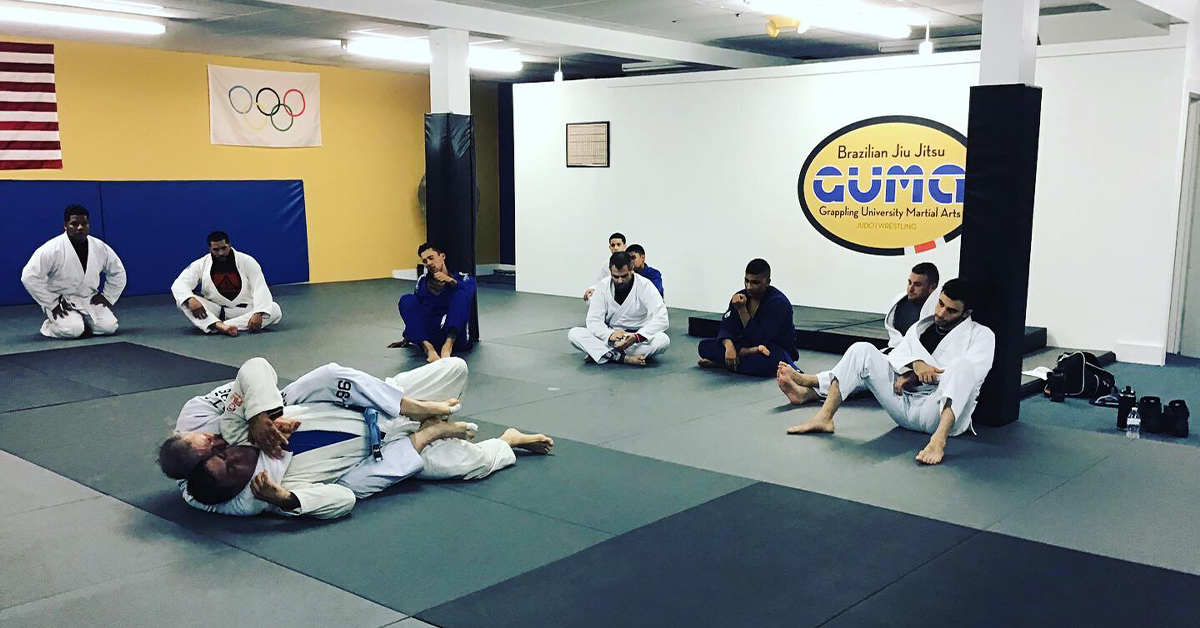Brazilian Jiu Jitsu and Fitness

If you are a runner doing wind sprints, your body will adapt differently than if you are running longer distances at a slower pace. This principle is known as the SAID (specific adaptation to imposed demand) principle. The body has a specific adaptation for every type of training.
Brazilian jiu jitsu (BJJ) training is very much based on the understanding of this principle. It is neither purely anaerobic nor is it purely aerobic. Aerobic exercise is “cardio”, basically any conditioning where your breathing and heart rate increase for a sustained period. Anaerobic exercises last for a short time, at maximum effort. Exercises like jumping, sprinting, or heavy weightlifting that require quick bursts of energy are examples. Because BJJ involves both, it is referred to as a mixed sport.
A BJJ match can last anywhere from five to ten minutes, depending on the competitor’s belt level. At some points, that competitor may be going all out, pushing him or herself and building up lactic acid. This would be aerobic exercise. On the other hand, there are moments in matches where you are moving a slow pace or taking a rest, thus engaging in anaerobic activity.
Practitioners find the fact that BJJ requires both the anaerobic and aerobic systems to be functioning at a high-level makes conditioning more difficult. Competitors may rely on the cardio machine, running long distances. They may spend all their time in the weight room, or just sprinting. Either approach leaves the athlete’s conditioning imbalanced.
So, what is the solution? Skip the conditioning sessions. Go to your BJJ sessions. Rolling sessions and drills, just like the SAID principle states, have their own specific adaptations. Any choice between going to the gym and choosing jiu jitsu class is not a choice at all. If you have no choice and cannot make class or have time planned for strength and conditioning sessions, at least make sure the conditioning matches the demand of your sport.
Here are some basic guidelines for conditioning. The duration of your conditioning rounds should match the specific length of your match. The number of rounds you do depends on how soon you will be competing. Your proximity to competition should also determine how often you condition. Two to three days per week is fine if time is not an option and competition is four weeks off. Reduce heavy lifting and raise specific conditioning during the last four weeks.
Each circuit needs to resemble a round of rolling. During a match, there are times when you are on your feet, times when you are on the ground, times when you are pushing, and times when you are getting your breath. Training circuits should mimic a match, including movements that mimic Brazilian jiu jitsu.
All martial artists must be nimble of the mind as well as of the body. Proper technique is the result of training, at a level where being tired should not be an impediment. Improve your Brazilian jiu jitsu by training Brazilian jitsu. Any time left should be spent conditioning in a specific way that matches the demands of BJJ.
Schedule Your Class Today!

